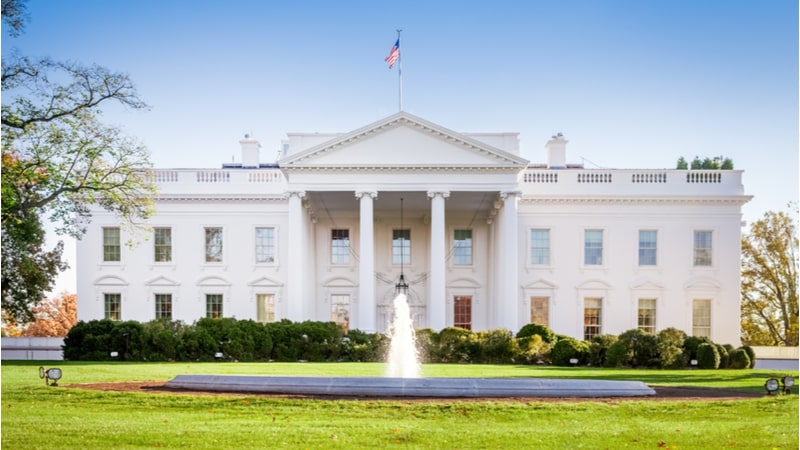
President Donald Trump signed an executive order August 3 to make COVID-19 era changes to telehealth – such as telehealth coverage in Medicare programs and investments in telecommunications infrastructure – permanent after the pandemic ends.
The president said in a press briefing following the executive order that the administration is “taking action to ensure telehealth is here to stay.” Alongside the order, he said, “We’re working very hard with all of the people in government that are involved with the communications infrastructure so that the telehealth gets very quick and easy access.”

The order directs the secretary of the Department of Health and Human Services to develop an “innovative payment model” to give providers and rural patients more financial flexibility. Trump specifically called for more resources for rural Americans, including investments in physical and communications infrastructure through the Federal Communications Commission, to increase access to healthcare.
“Prior to the pandemic, the telehealth was fine, but it wasn’t anything raging,” Trump admitted. “And I guess one of the only good things that we’ve gotten out of this whole horrible situation is telehealth has been incredible. And again, the increases are, you know, many hundreds of times greater than it was before.”
In Congress, Sen. Brian Schatz, D-Hawaii, called for similar permanent extensions of telehealth services provided during the pandemic late last month. Per data from the Centers for Medicare and Medicaid Services, beneficiaries using telehealth services jumped from 13,000 before COVID-19 to 1.7 million in the last week of April. The CARES Act also provided $200 million in emergency funding for the Federal Communications Commission to lead telehealth connectivity efforts.
